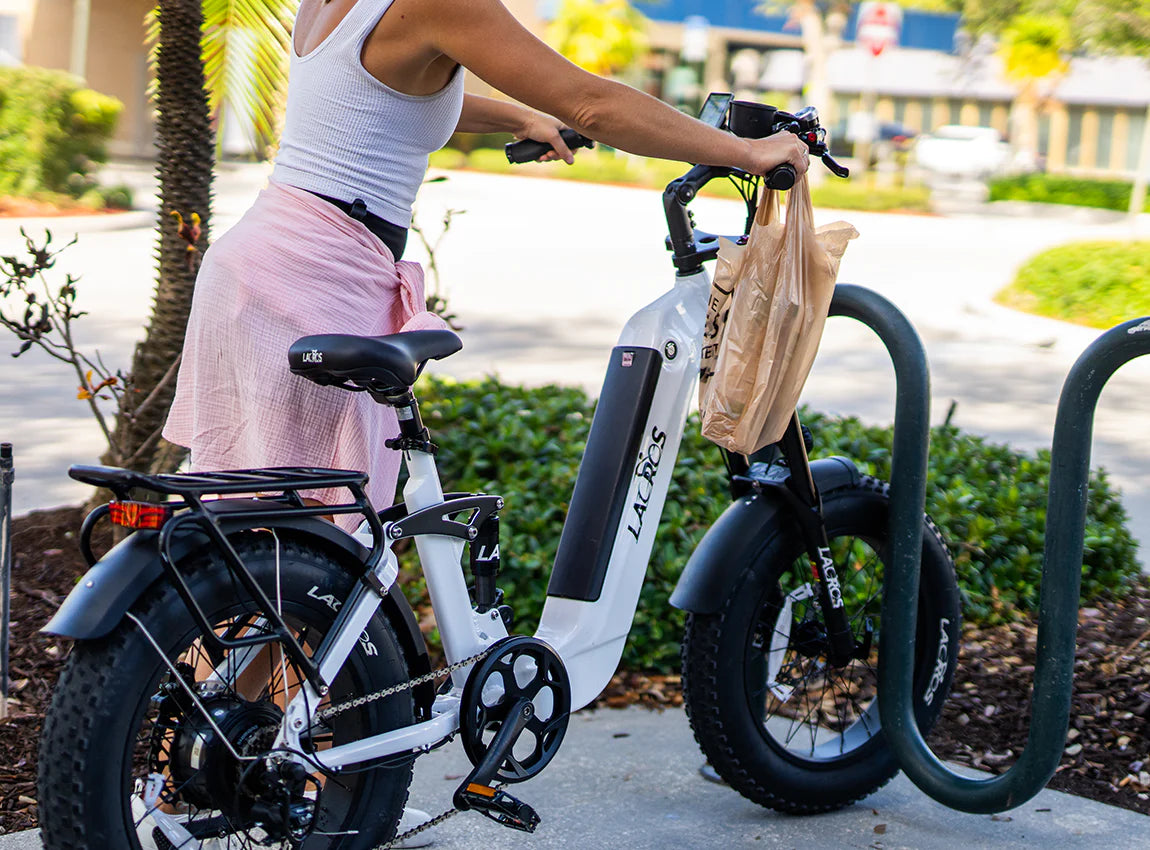Many riders notice that e-bikes are heavier than traditional bicycles and wonder why. The answer lies in the advanced components and engineering that deliver performance, safety, and durability. In this guide, we’ll explain what contributes to e-bike weight, how it impacts your ride, and why each kilogram serves a purpose.
The Average Weight of Electric Bikes
Most electric bikes on the market weigh between 18 and 32 kg (40 and 70 lbs), significantly more than a standard bicycle. This additional weight is the trade-off for powerful motors, long-lasting batteries, and reinforced frames—all elements that define a high-performance e-bike. Modern e-bike designs aim to balance power and practicality for daily use.
Key Factors That Make E-Bikes Heavier
Motors and Batteries
The motor and battery are the driving force behind every e-bike. Larger motors deliver greater torque for climbing and acceleration, while bigger batteries extend your range. These components naturally add weight, but modern e-bikes use high-efficiency motors and energy-dense batteries that maximize performance without unnecessary bulk.
Frames and Components
E-bikes require frames and drivetrains that can withstand higher speeds and heavier loads. Reinforced frames, premium suspension, and precision braking systems add weight, but they ensure uncompromising safety, stability, and long-term durability.
Tyres and Wheels
Wide, puncture-resistant tyres and reinforced wheels help e-bikes handle diverse terrain. While adding to overall weight, they provide better grip, comfort, and confidence on every ride.
How E-Bike Weight Affects Performance and Riding Experience
Weight affects more than portability—it shapes the entire riding experience:
- Stability: A well-balanced e-bike feels steady at speed and smooth over rough surfaces.
- Power: Heavier components paired with advanced motor systems deliver consistent performance even on challenging terrain.
- Practicality: Carrying a heavier e-bike can be more effort, but the payoff is a more capable, durable machine built for everyday adventures.
E-Bike Weight Comparison: Different Types and Categories
- Commuter E-Bikes: Around 18–25 kg, ideal for daily travel.
- Mountain E-Bikes: 22–32 kg, built for trails and rugged terrain.
- Folding E-Bikes: 15–22 kg, balancing portability with performance.
- Cargo E-Bikes: 30+ kg, engineered for hauling heavy loads safely.
Each category is carefully designed to suit its purpose, with weight distributed to enhance both comfort and control.
Are Lighter E-Bikes Always Better?
Not necessarily. Lighter bikes may be easier to lift, but they often sacrifice battery life, motor strength, or durability. Heavier e-bikes typically deliver greater range, stability, and resilience. The best designs strike a balance between performance and practicality, ensuring riders get the most from their investment.

The Future of E-Bike Design: Lighter, Stronger, More Versatile
Innovation in e-bike design is focused on lightweight materials, compact high-efficiency motors, and next-generation battery systems. These advancements mean future models will be lighter without compromising strength, giving riders even more freedom to explore.
Conclusion
E-bikes are heavier than traditional bicycles because of the very components that make them powerful, reliable, and safe. Weight is not a drawback but a foundation for performance-driven design. By combining durability, advanced engineering, and thoughtful innovation, e-bikes provide a smoother, stronger, and more enjoyable riding experience.





Share:
How to Fix Common E-Bike Problems:Electric Bike Troubleshooting Guide
Do Electric Bikes Charge While Riding? Understanding Regenerative Technology